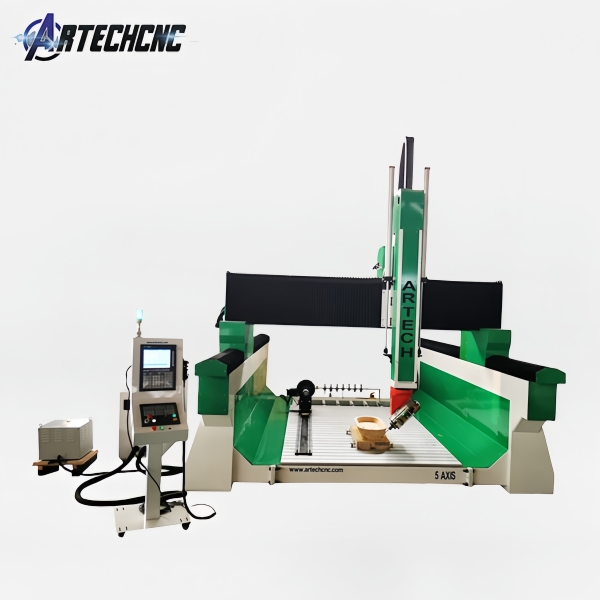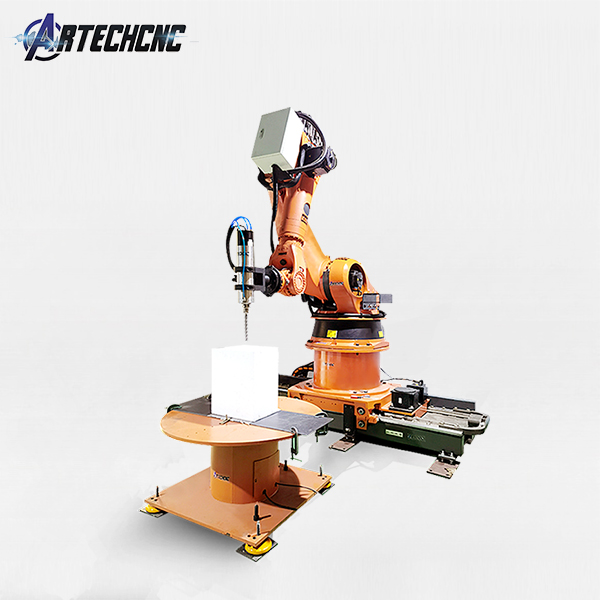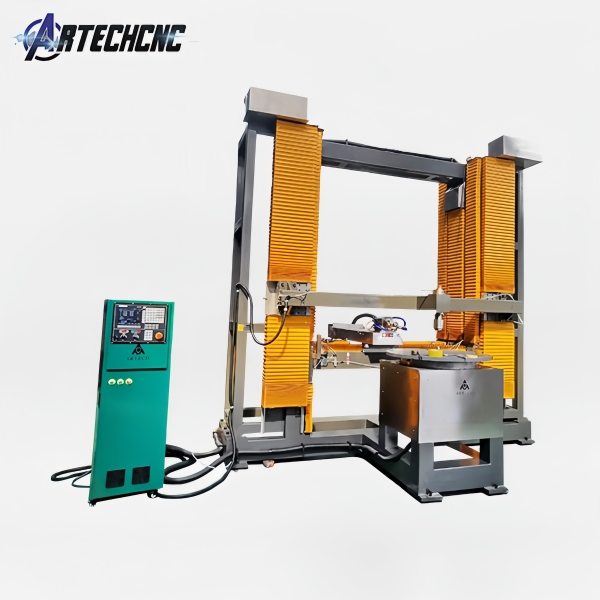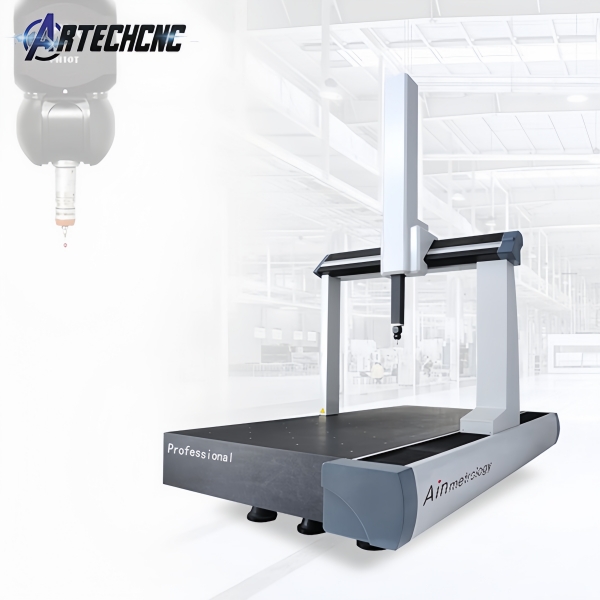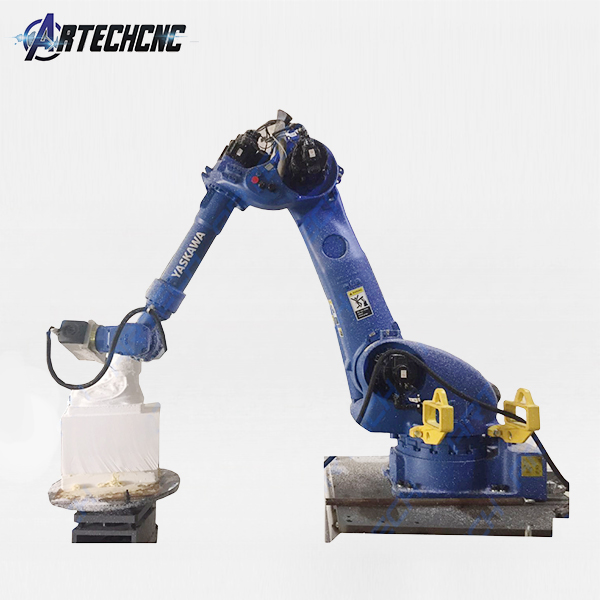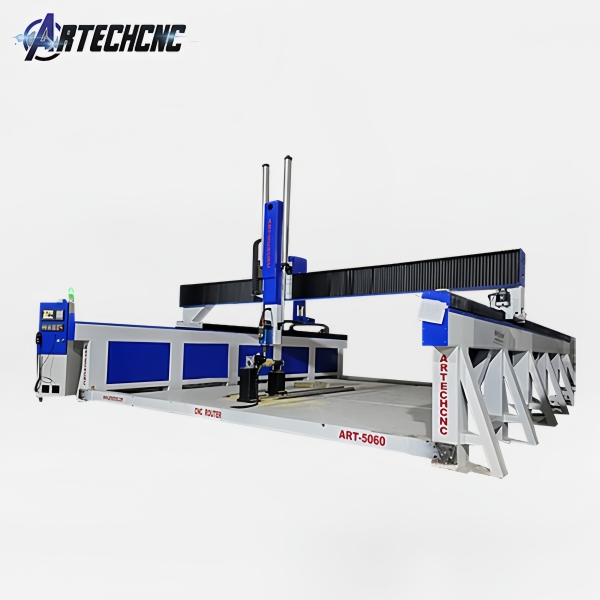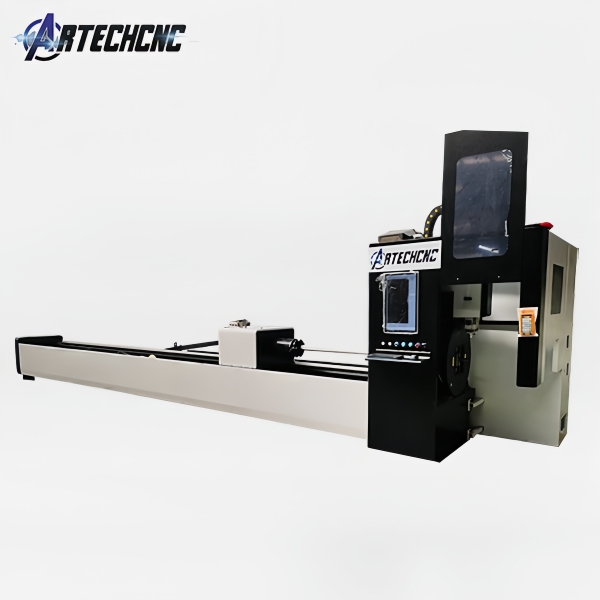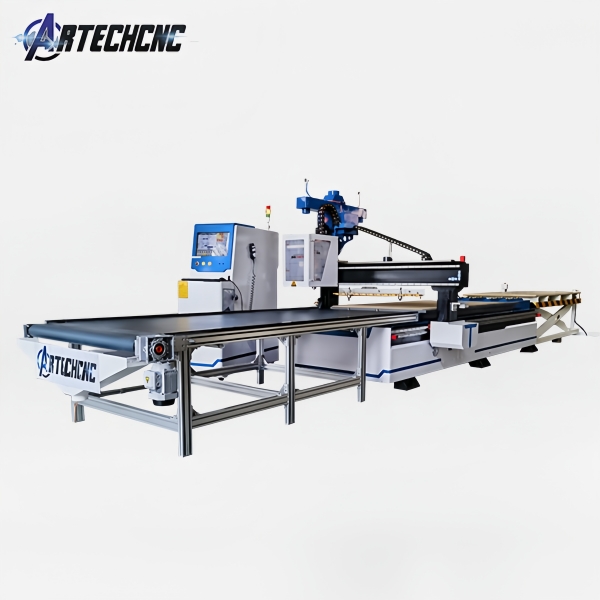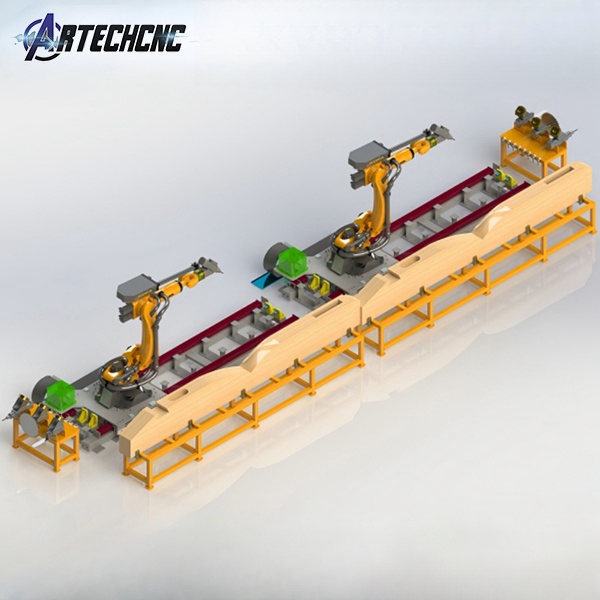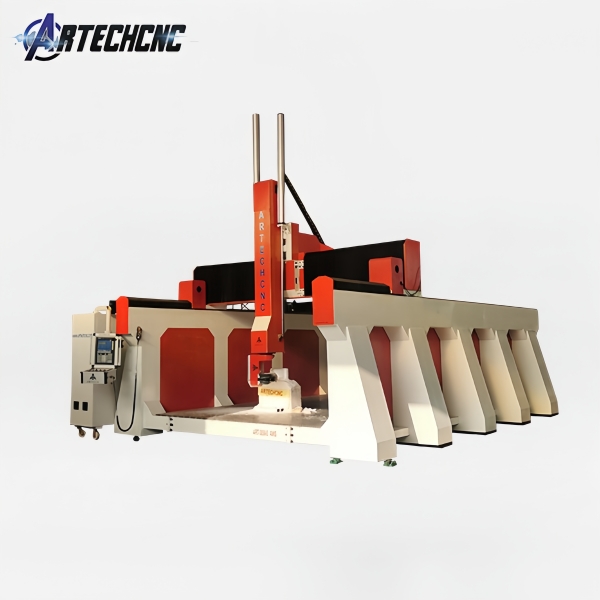Types of Motors in Robotics for Robot Milling Arm Applications
In robotics, particularly for Robot milling arm systems, various motor types are utilized - each offering distinct characteristics that make them suitable for specific applications. The selection depends on precision requirements, torque demands, speed specifications, and control complexity. Below we examine the primary motor types used in industrial automation, with special emphasis on Robot milling arm implementations.
Understanding Robotic Servo Motors for Robot Milling Arms
A robotic servo motor is specifically engineered for precise control of position, velocity, and acceleration in robotic systems like Robot milling arms. Unlike standard continuous rotation motors, servo motors can move to exact positions based on input signals, making them ideal for the high-accuracy demands of milling operations.
Working Principle in Robot Milling Arms
In a Robot arm, the servo motor receives control signals specifying desired tool positions. The integrated control circuitry interprets these commands while feedback mechanisms (typically encoders) continuously monitor and adjust the motor's movement. This precision control is why servo motors are fundamental to modern Robot milling arm technology.
Key Features for Milling Applications
Closed-Loop Control: Essential for Robot milling arms, this feedback system ensures micron-level accuracy during material removal processes.
Programmable Positioning: Allows Robot milling arms to maintain exact angular positions for complex contouring operations.
Dynamic Torque Delivery: Provides the necessary power for cutting operations while maintaining positioning accuracy.
Servo Motor Types for Robot Milling Arms
AC Servo Motors: The preferred choice for industrial-grade Robot milling arms, offering superior performance and energy efficiency.
DC Servo Motors: Commonly used in prototype or smaller Robot milling arm systems due to simpler control requirements.
Motor Type Comparison for Robot Milling Arm Applications
1. DC Motors
While not typically used in precision Robot arms, DC motors serve in:
Peripheral systems of milling workstations
Auxiliary axis movements
Lower-cost educational Robot arm prototypes
2. Servo Motors (Optimal for Robot Milling Arms)
The gold standard for Robot arms because they:
Maintain positioning accuracy during cutting forces
Enable high-speed precision machining
Support advanced CNC interpolation for complex milling paths
3. Stepper Motors
Sometimes used in entry-level Robot arms where:
Budget constraints exist
Open-loop control is acceptable
Milling tolerances are less critical
4. Linear Motors
Gaining adoption in high-end Robot milling arms for:
Direct-drive gantry systems
Ultra-high-speed machining centers
Large-format milling applications
5. AC Motors
Primarily used in:
The spindle drives of Robot arms
High-power milling machine bases
Industrial automation supporting milling cells
6. Geared Motors
Common in Robot milling arms for:
Rotary table applications
Heavy-duty axis drives
Worm gear reduction systems
Technical Considerations for Robot Arm Motors
When selecting motors for Robot arms, engineers must evaluate:
Torque Requirements
Continuous torque for sustained cutting
Peak torque for acceleration/deceleration
Dynamic response to load variations
Speed Range
RPM requirements for different materials
Speed-torque curves
Maximum spindle speeds
Control Systems
Feedback resolution (critical for Robot arms)
Network compatibility (EtherCAT, PROFINET)
Vibration damping capabilities
Duty Cycle
Continuous operation demands
Thermal management
Maintenance intervals
Industry Applications of Robot Milling Arm Motors
Modern manufacturing utilizes these motor technologies in:
Aerospace: High-precision Robot arms for turbine blades
Automotive: Mass-production milling of engine components
Medical: Micro-milling of implants with servo-controlled Robot milling arms
Mold & Die: Complex 3D contouring with multi-axis Robot milling arms
Future Trends in Robot Arm Motor Technology
Emerging developments include:
Integrated motor-spindle units for Robot milling arms
AI-optimized torque control algorithms
Energy-recovery systems for sustainable milling operations
Miniaturized high-torque motors for micro-milling applications
Conclusion
The selection of appropriate motor technology is fundamental to Robot arm performance. Servo motors currently dominate precision milling applications, while new technologies like direct-drive linear motors are expanding capabilities. Understanding these options ensures optimal implementation of Robot milling arms across industrial applications.

